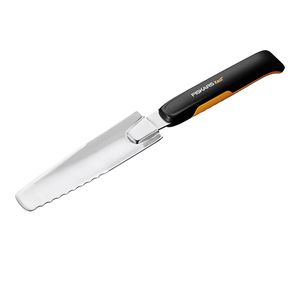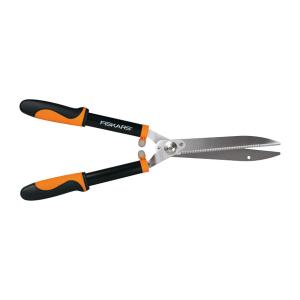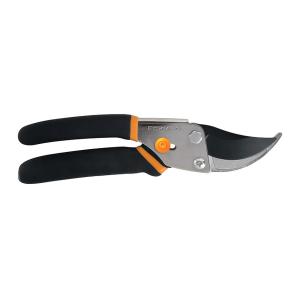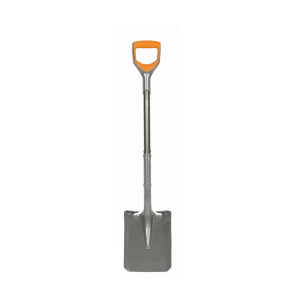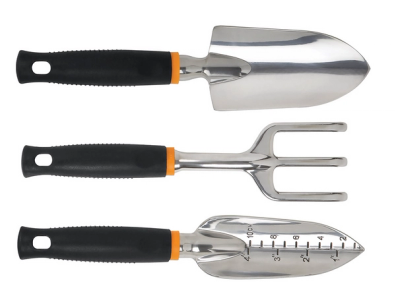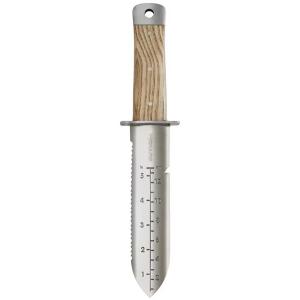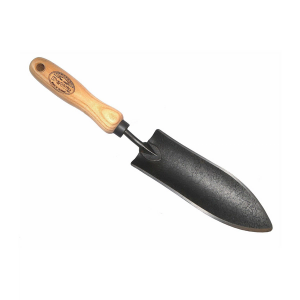What is pruning
Trees are a very important part of our lawns. Not only do they provide us with fresh oxygen that we need to breathe and protective shade from the sun, but trees also offer homes and food for many animals and birds. And because trees play such an important role in the ecosystem, it’s important to keep them well maintained. That's where tree trimming comes in.
Why prune trees
There are many reasons why trees need pruning. Sometimes, we plant trees in less-than-ideal areas or situations, and their natural growth may exceed the available space. Other times, the shape may not be safe or visually appealing. Other reasons why you should prune trees include:
Maintaining tree health
Pruning helps get rid of dead and dying tissue. Proper tree pruning can also help defend trees against pests, diseases, or weather damage, and can even allow more sunlight to pass through to plants below the tree.
Maintaining tree purpose
In addition to helping trees maintain their form, size, density, and aesthetics, by practicing proper pruning, you can also help encourage a tree’s flower and fruit development.
Maintaining tree safety
One of the largest benefits to tree trimming is that it helps increase the safety and stability of your trees, which in turn lowers the risk of injury to homeowners, pets, structures, and more.
Considerations before pruning trees
Before you start trimming your trees, it’s important to keep in mind that most landscaping trees don't need regular pruning unless there is damage, disease, or danger. Remember, pruning is permanent, and once it’s done, it can’t be undone, so be certain that your trees need trimmed before you start.
When to prune trees
The best time of year to prune most trees is in late winter or early spring. During these times, trees are dormant, and wounds are only left open for a short period until new spring growth begins the healing process. Plus, leaves aren’t in the way. It's simply easier to see what you're doing.
There are a couple exceptions to this timing. Prune any trees that flower before June 1 after they bloom. If you have trees flowering after June 1, prune them in late winter, just before spring growth.
Sunday Tip:
It's typically best to wait about 3 years after planting trees to prune them.
When not to prune a tree
If these characteristics match your tree, it's best to leave it untrimmed.
- Broadleaf and needle-type evergreens typically have a very symmetrical growth habit and rarely need pruning
- Don’t prune when a tree is stressed, like during periods of drought
- Avoid pruning in the fall or early winter unless there is a damaged or diseased branch that needs to be removed, as this does not allow enough time for the wound to heal before winter
- Never prune more than 25% of a tree in one season
- Never prune anything you have to climb a tree or ladder to reach. If you can’t have two feet planted firmly on the ground, it's not safe to prune
- Never prune near utilities or power lines–always call in an expert for these
- When in doubt, call in a professional
What you need to prune a tree
If you’re going to trim your trees, make sure that you’re equipped with the following tools:
- Hand pruners are best for small twigs and branches
- Loppers or lopping shears are great for branches ½ to 1 ½ inches in diameter, or for when you need more leverage to cut through the branch
- Pruning saws are best for larger branches (> 1 ½ inches in diameter)
Sunday Tip:
If your pruning job requires a chainsaw, we recommend hiring a professional service.
How to prune trees
When beginning your pruning, start by removing small branches and twigs with the right tool. Then, with a lopper or pruning saw:
Undercut the bottom of branches
Undercut the bottom of branches ⅓ of the way through
Make the second cut
Make the second cut from the top all the way through the branch, about 1 to 2 inches further out on the branch than the undercut, as this helps prevent bark stripping
Cut back remaining tissue
Cut back the remaining tissue at the branch collar in a slight down and outward slant
Sunday Tip:
A "branch collar" is the swollen area at the base of a branch.
Tree pruning dos and don'ts:
Do:
- Before pruning, examine the tree from all angles to determine which branches need removal
- Always prune close to a node, which is the place where one branch or twig attaches to another
- When cutting, try to slightly angle out and down to reduce the surface area left exposed
- Make as small a wound as possible
Don't:
- Don't cut along the trunk, as this can lead to disease and decay
- Avoid leaving a "stub," as this can introduce insect or disease issues
- Generally, wound sealants are not necessary or recommended as they can lead to rot and improper healing
- Don't trim branches that make you uncomfortable or require power equipment. Call in the pros!
Sunday Tip:
You can also prune between the "branch collar" and "bark ridge," which is kind of like the tree's shoulder. But be careful to avoid actually cutting into them!
How to reuse or dispose of pruned bits
Once you’ve trimmed your tree, you’ll likely have leftover scraps from your pruning that you’re not sure what to do with. If the trimmings aren't diseased or infested with insects, you can repurpose them around the yard. Think for structures (tomato cages, trellises, etc.), decorations, or even mulch!
You can compost smaller twigs and branches. Cutting them into small pieces first helps them decompose faster. If you need to send them to a wood chipper, see if the company will allow you to keep the wood chips for later use. And as a rule of thumb, you should dispose of all diseased or infected branches in the trash.
Cited Sources
Principles & Practices for Pruning Trees. Clemson Cooperative Extension.
Pruning Landscape Trees. PennState Extension.
Pruning trees and shrubs. University of Minnesota Extension.
Tree Owner's Manual for the Northeastern and Midwestern United States. United States Department of Agriculture.
Tree Pruning Basics. Oregon State University Extension Services.
Tree Pruning Essentials. Purdue Extension.



